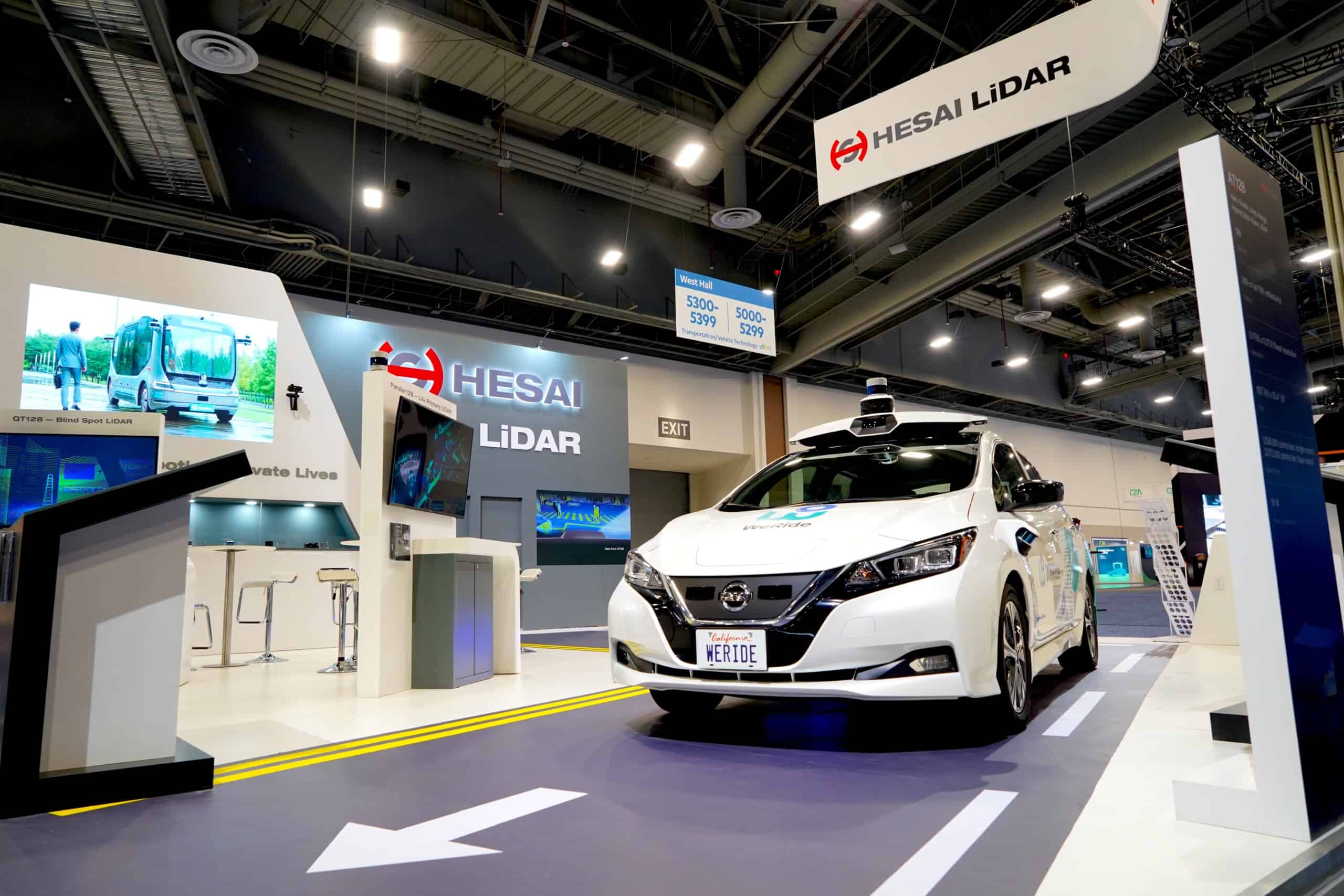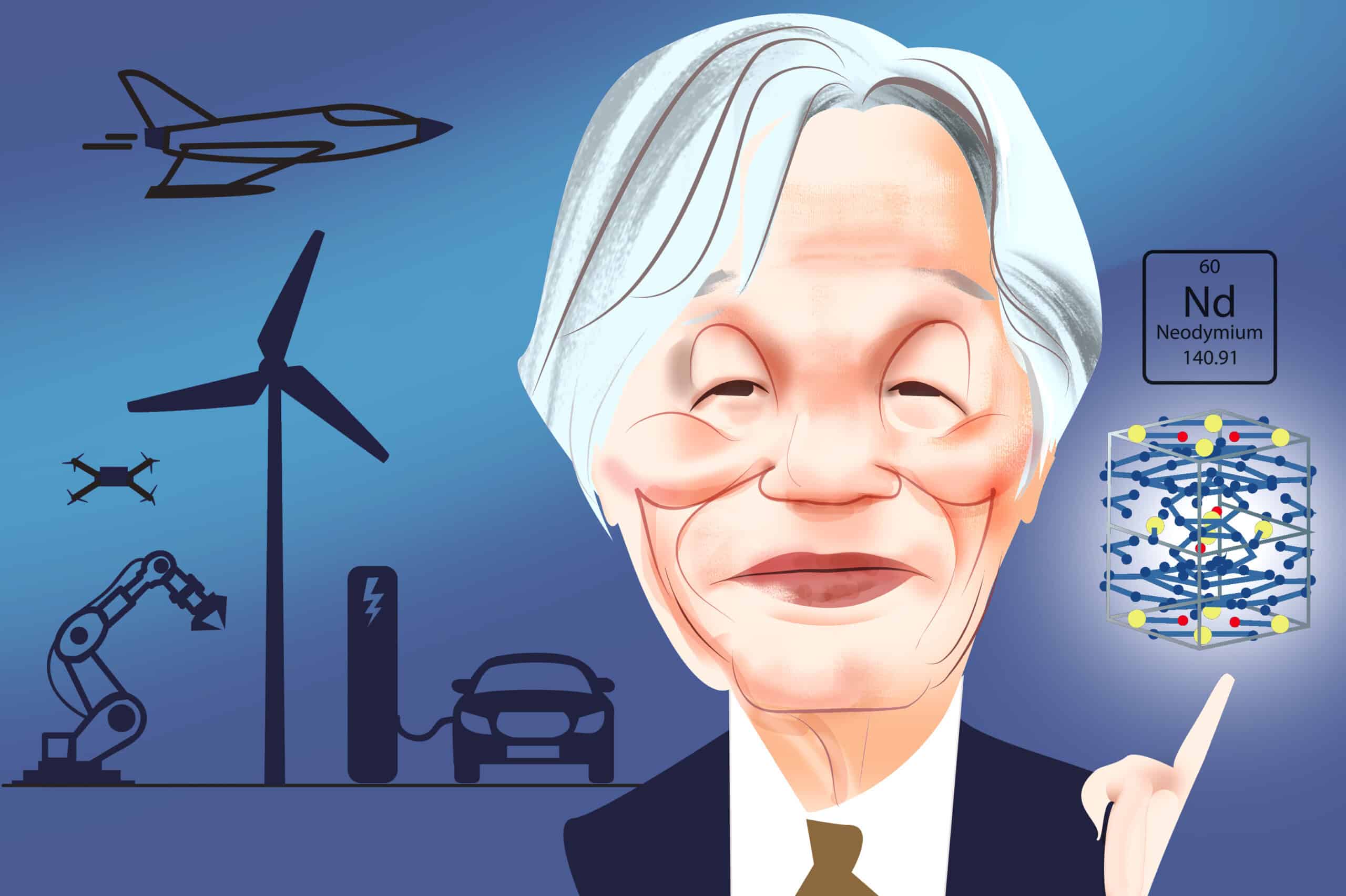In its quest to gain the lead in emerging technologies, China has sped ahead on a vital component for the vehicles of the future. Light Detection and Ranging (Lidar) systems, which use lasers to remotely sense the features of an environment with a high degree of precision, are a core element in autonomous vehicles and have been embraced by Chinese companies.
This week, The Wire looks at the strategic importance of Lidar, profiles the leading companies involved in developing the technolog
Navigate China's Business Landscape with Confidence.
- Gain visibility into supplier risks
- Easily manage trade compliance
- Conduct in-depth due diligence




